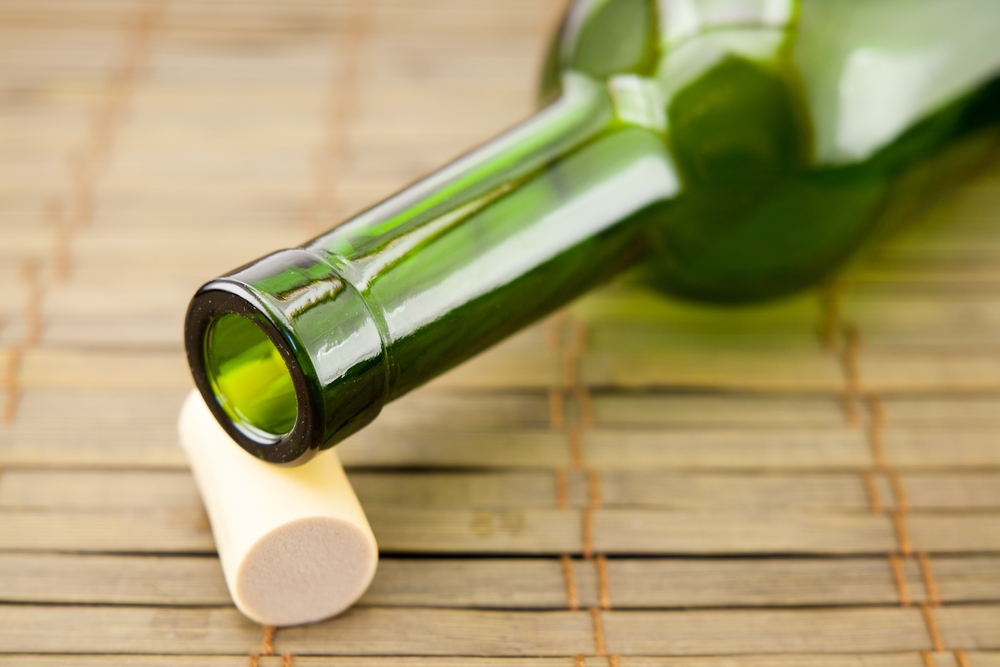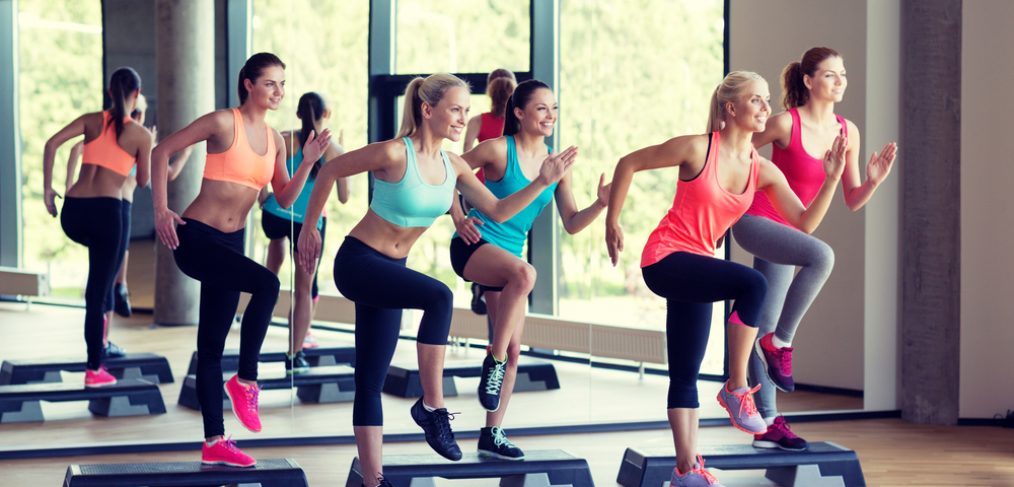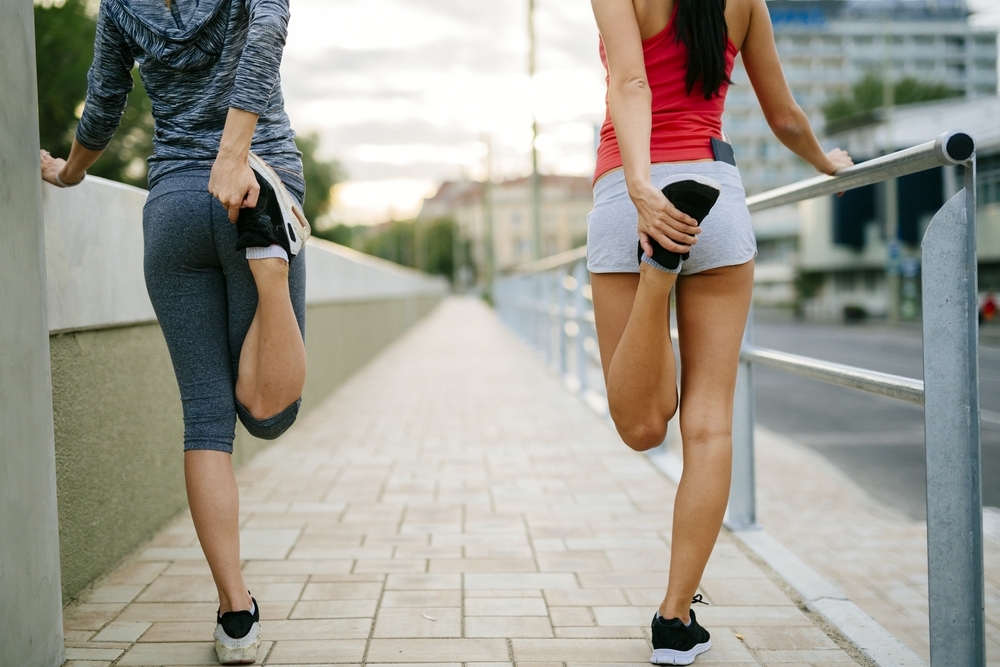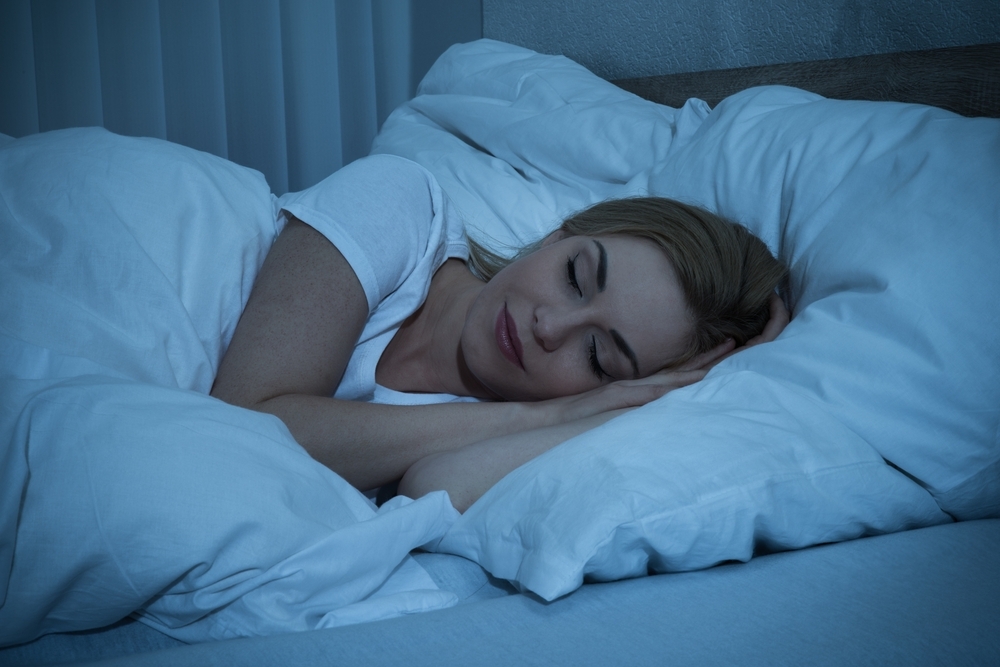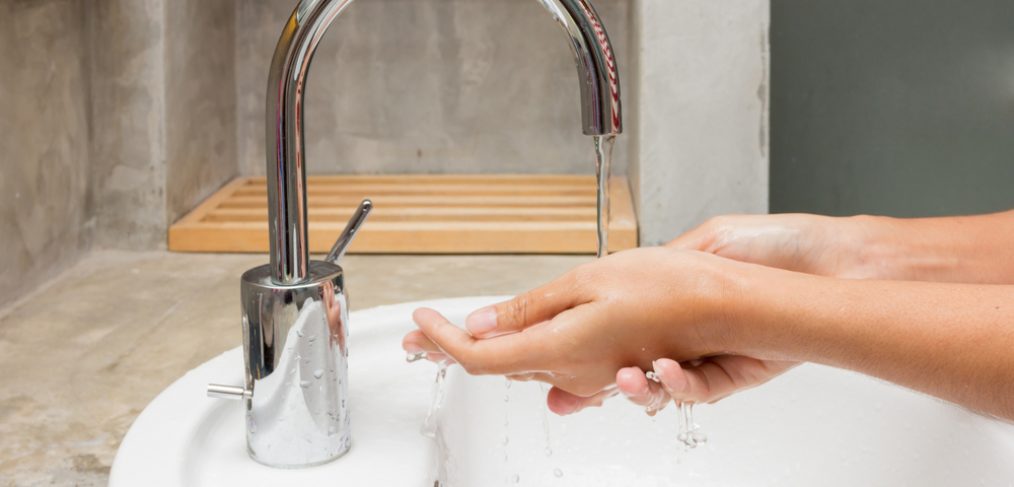“An apple a day keeps the doctor away.” We have all heard the phrase, and we know it’s about more than just apples! Making healthy choices every day can be hard, but consistently doing things each day to make healthy habits is the best thing you can do for your physical and mental health. There are all kinds of little things you can do each day to help you lead a healthier lifestyle!

Drink Water!
Whether you think 8 cups, a gallon, or some other amount is best, drinking one glass of water in the morning is a perfectly simple way to get ahead for the day. Whatever your goal is, starting your day with one glass of water down is going to make it so much easy to reach it!
Start Your Day with Green Tea
Green tea has caffeine, so it is a great choice for a morning pick-me-up. Unlike coffee, green tea can actually help you stay hydrated, as well as give you a boost of energy. Green tea also jump starts your metabolism and is rich in antioxidants- who wouldn’t want to add this stuff in their routine?

Do Something Active for At Least 30 Minutes
This can be anything! Even going for a short walk can boost your energy and metabolism. Doing yoga, going for a bike ride, exploring your neighborhood, or taking a spin class are also great ways to be more active every day. Mix it up and try new things so you stay motivated and excited to get your 30 minutes (or more) of activity every day!
Replace One Unhealthy Food with a Healthy One
Dieting is hard. It’s certainly not fun to always be thinking about what you eat, more specifically what you can’t eat. A simple way to ease into making better diet choices is to simply replace one unhealthy food with something more nutritious each day, and working up from there if you choose. This could be as simple as choosing a good old-fashioned coffee instead of a sugary coffee drink, or skipping the pop tart and opting for a smoothie in the morning. This method keeps dieting from getting overwhelming and breaks it down to each meal or snack. Creating good habits that are satisfying and manageable is really the only way to turn a diet into a lifestyle change.

Drink a Glass of Wine!
This one is our favorite. It is no secret now, after new studies have shown all of the possible benefits of resveratrol, that drinking wine can actually be healthy. This antioxidant just so happens to be found in the skins of red grapes, so when we drink wine, we are getting a healthy dose of resveratrol, which can improve heart health, protect your cells from damaging free radicals, and prevent muscle fatigue!
Making an effort to add healthy habits to your daily routine can work wonders when it comes to improving your overall health. The best part is, as you can tell by this list, not every healthy habit is going to be difficult or unpleasant! Some are downright fun (thank you resveratrol)! So don’t ditch the apples, but there are tons of other little things you can do each day for your health!





